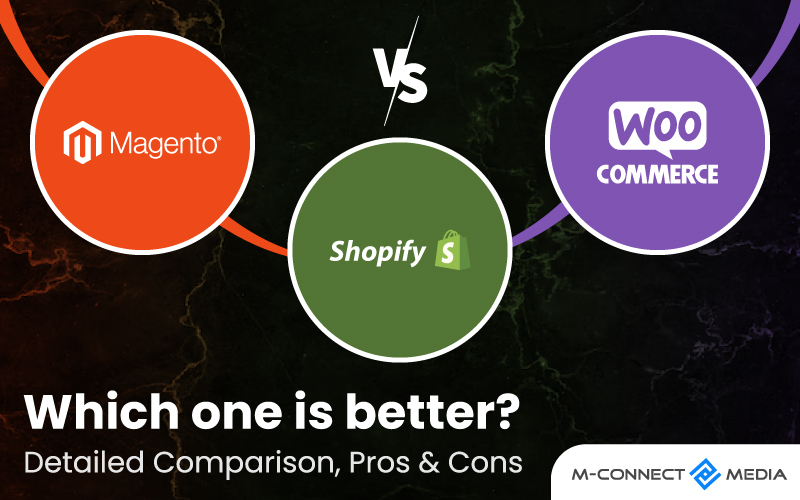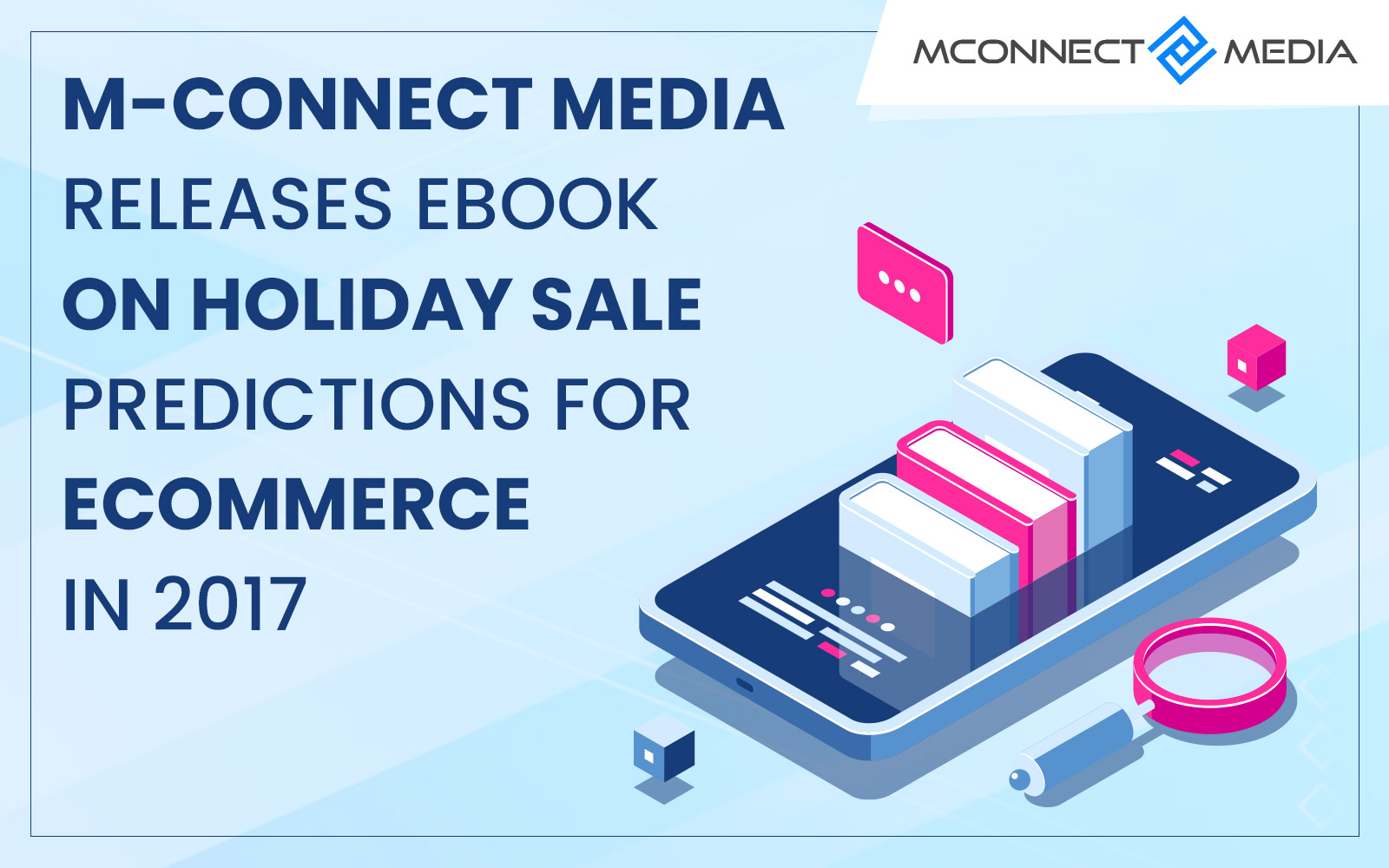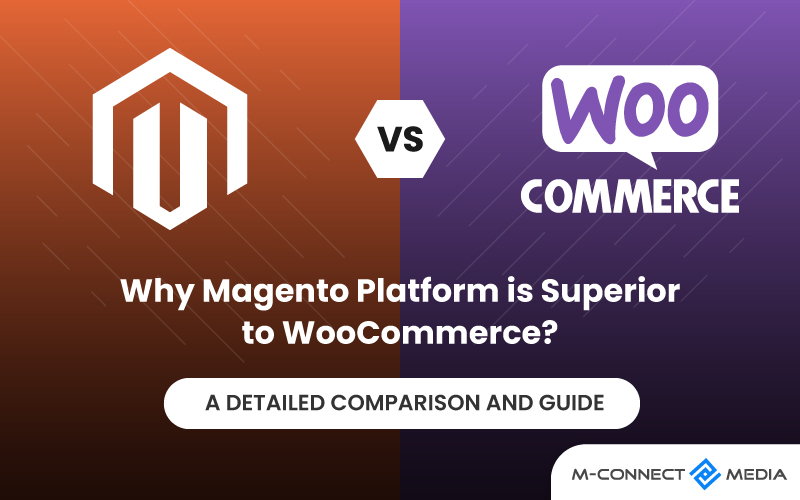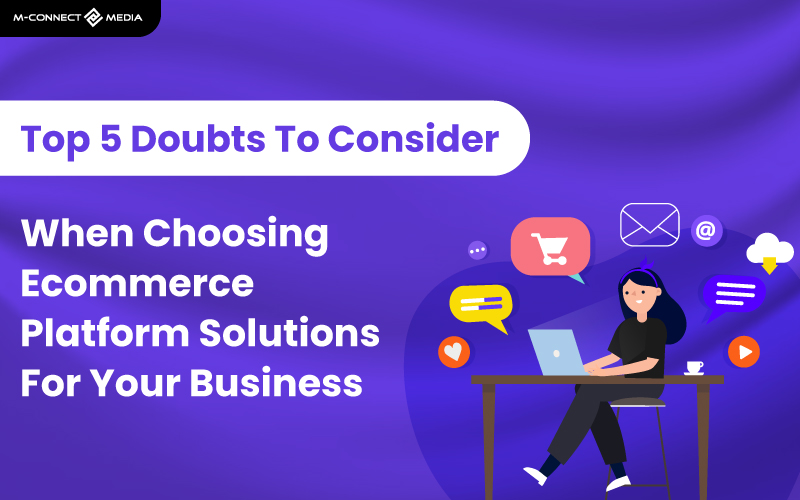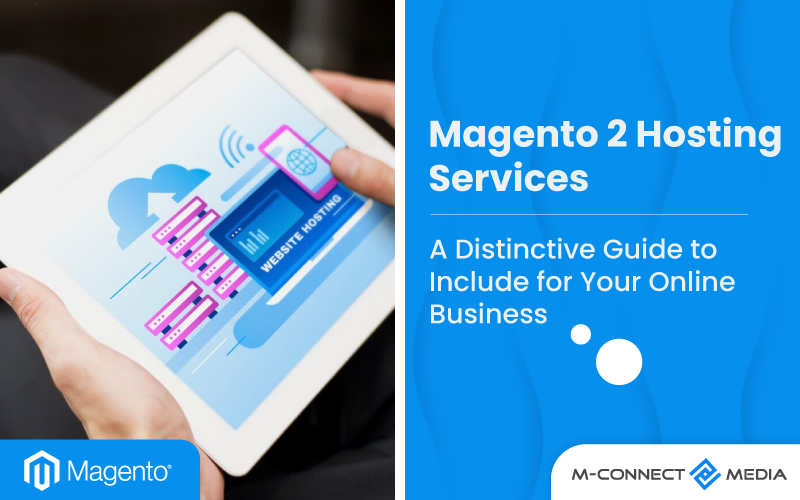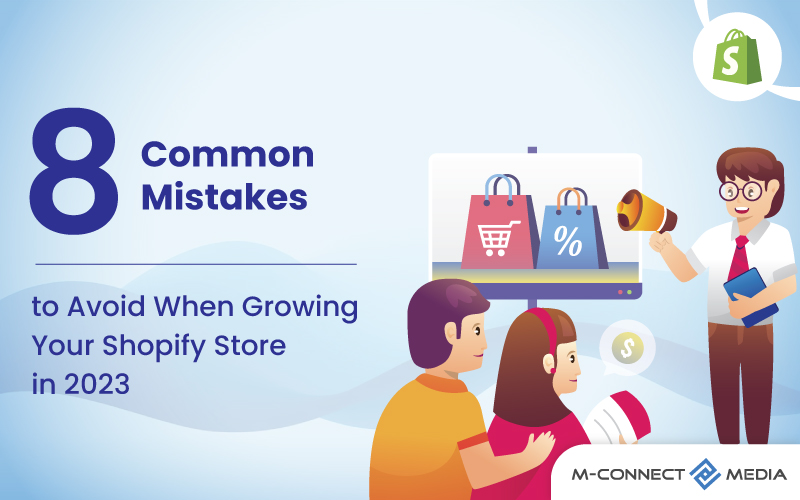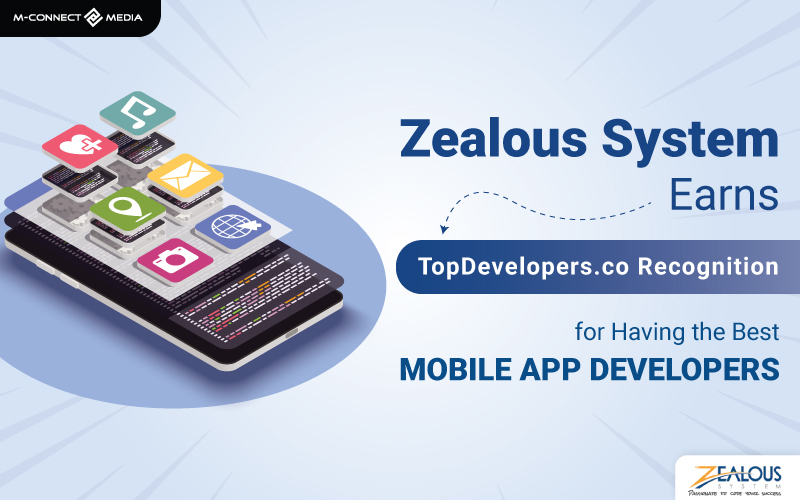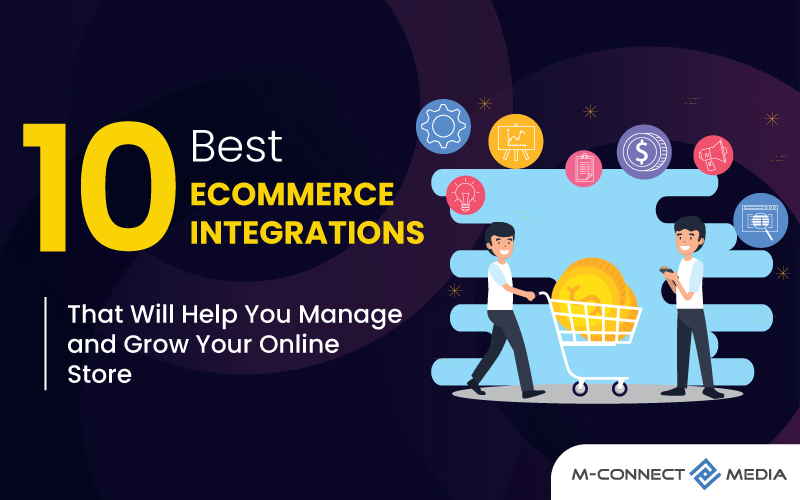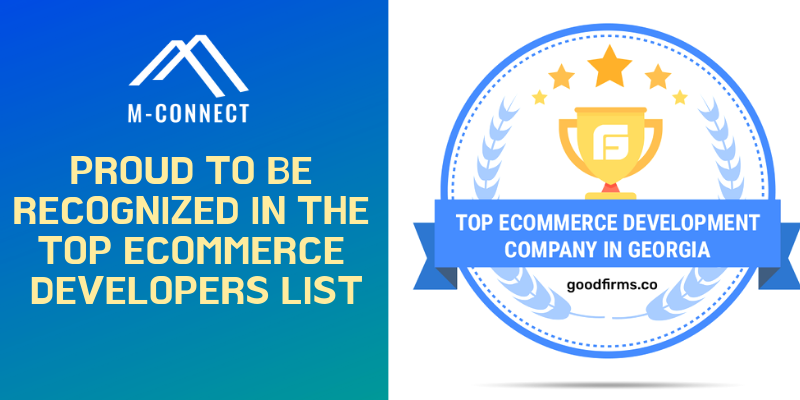Headless ecommerce refers to an architecture where the front-end presentation layer of an online store is decoupled from the back-end commerce functionality. In simpler terms, it means separating the customer-facing website or application (the “head”) from the backend systems responsible for managing products, inventory, payments, and orders. This separation allows for more flexibility, scalability, and customization in designing the user interface and customer experience, as developers can use different technologies and frameworks for each layer independently.
It allows businesses to shape and personalize customer interactions, free from the constraints imposed by a particular eCommerce platform.
In this blog, we’ll examine headless commerce in detail, covering its definition, operational mechanisms, strengths, weaknesses, and practical applications with illustrative examples.
What is Headless Commerce Platform?
Headless commerce is when you split Ecommerce platform into its back end and front end. By separating the part of online store that customers see (front end) from the technology that runs everything (back end), you can pick and choose the apps that work best for organization’s goals.
These two layers don’t have direct connections and communicate through APIs. The concept of headless commerce might sound a bit confusing because it requires a good understanding of why it’s important to separate these two parts.
This setup is called ‘headless‘ commerce because ‘head,’ or front-end software, is separated from the back-end technology. They’re linked together using APIs, which are like sets of rules and instructions that let two pieces of software talk to each other.
Headless commerce architecture brings advanced shopping features to digital point of contact whether it’s voice assistants, mobile apps, or websites. Customers get involved at every step of journey, from getting to know brand to making a purchase with a customized, smooth, and reliable experience.
In short, using headless commerce gives your business more power over its online store, helping you boost customer engagement and offering the flexibility needed to thrive in the constantly changing world of digital commerce.
Also Read: Everything You Need to Know about Headless Commerce and its Benefits
Key Features of Headless Commerce
Headless Commerce has sophisticated characteristics that distinguish it from traditional commerce. In terms of characteristics, the following are the fundamental key features that separate headless commerce from traditional trade:
- Customization at Every Level: Headless platform lets you design organization’s appearance the way you like it. Designers don’t have to compromise.
- Multiple Channels Support: Headless platforms use a ‘one-to-many’ approach. Multiple frontends can connect to a single e-commerce backend through APIs.
- Time Speed up: A headless platform lets you begin with the end in mind, saving you money, effort, and time as you focus on the final outcome.
- Design Flexibility: In headless, you can change the customer interface separately without affecting the front end.
- Scalability: Headless architecture uses microservices, which provide excellent scalability.
Overall, a headless commerce platform is the solution for businesses looking to grow Your Business in 2023.
How Does Headless Commerce Platform work?
Headless commerce allows for the development of efficient systems by bringing together loosely connected components. Merchants can build their headless stack by adding, removing, and adjusting specific services to create a tailored stack that fits needs.
Using an API, you can have multiple back-end systems that cater to your needs. Another API can link your mobile app to the store. This way, you can accommodate a wide variety of back-end systems, providing a range of sales points for your customers.
You’re no longer limited to the front-end technology provided by your Ecommerce platform or CMS for building your front-end layer. This means you can focus on website speed, mobile optimization, and customer experience without the need for technical help.
In this interaction, an API links the front end of mobile site to required back-end commerce software. While customer enjoys a fast and engaging shopping experience, software behind scenes processes the order, sends information to fulfilment center, and records the transaction.
What Businesses Benefit from Using Headless Commerce Platforms?
Opting for a headless commerce platform is a wise choice for companies with plenty of room for growth. Brands face the need to enhance their online capabilities as their projects expand to enhance the customer experience.
Brands interested in implementing an omnichannel business strategy. Headless commerce solutions allow you to gather all available information and product data to give customers fast access to the channels where they shop online.
Companies looking for greater flexibility. Headless commerce solutions help businesses roll out new services more swiftly, even when customer preferences change on the go.
Companies aiming to enhance the customer experience. Using a headless commerce platform lets you test customization and user experience while also enhancing web performance and customer experience.
Also Read: Best Adobe Commerce (Magento) Alternatives for Businesses in 2023
Benefits of Headless Commerce Platform
With a headless commerce solution, you can use the continuous improvement process for online store, respond to changing customer behaviors quickly, and take benefits of rapidly emerging development opportunities.
Now, let’s explore benefits of headless commerce. Headless commerce changed the game by offering significant benefits such as:
1. Customizability and Flexibility
A headless commerce platform enables you to release updates quickly without disrupting your backend infrastructure. You can also easily adjust your frontend to keep up with the pace of consumer technology.
With a headless platform, the separation of frontend and backend into two distinct layers provides limitless customization options when designing your online store.
You can choose an eCommerce platform that efficiently manages all commerce functions while integrating your preferred frontend solution, whether it’s a CMS, CRM, or custom solution.
Additionally, headless commerce systems are built using standard coding languages that developers are already familiar with. This makes it easy for team to create customized solutions for business.
2. System Scalability
Headless commerce ensures system’s future by allowing continuous improvement and innovation. Instead of starting from scratch to develop new features, you can simply add on as your business grows.
Increasing your store’s scalability enables you to explore growth opportunities without incurring major IT expenses. Optimizing scalability through a headless design can also boost operational flexibility
Headless platform enables the integration of advanced commerce features into every digital touch point, including voice interfaces, mobile apps, and native web applications.
3. Quick Time to Market
Headless commerce solution allows to launch frontend experiences without waiting for backend to synchronize or catch up. This results in the ability to respond to current market trends before customers move on to next thing.
The development teams can design, implement, and expand services independently. The entire system divided into parts, allows to work at different speeds, making on-boarding process for developers simpler.
Businesses can quickly create new frontend experiences with headless commerce. Reacting to new market trends can be done swiftly and with minimal backend development costs.
4. Enhance Conversion Optimization
Separating components enables developers to work independently on the frontend without affecting the backend. This gives merchants more freedom when it comes to marketing and user experience.
A headless commerce platform allows you to conduct ongoing tests and optimization cycles to gain a deeper understanding of your customers and respond to their needs and behaviors.
Moreover, they can introduce a new product line, a connected brand, or a new touch-point designed for a different audience in a matter of hours instead of months.
5. Reduced Overall Cost
With headless commerce, you don’t need to depend on a long and burden development process for storefront change, which means save costs. Headless computing requires licensing and hosting costs, and reduced infrastructure investment.
On-premises systems often use core-based licenses, which can lead to scaling issues. As your company grows and requires more equipment to support that growth, you’ll need to purchase licenses.
Brands that use headless architecture won’t have to frequently review and rewrite sections of their proprietary code to leverage these changes.
Overall, these are some reasons why development teams might switch from traditional to headless commerce platform. Meanwhile, businesses aiming to enhance their user experience should explore how headless can assist them in delivering even higher levels of customer satisfaction.
Also Read: Magento Open Source Vs Adobe Commerce: Key Features, Pros & Cons
How Do You Begin Your Business with Headless Commerce Platform?
Many developers aren’t designers, and many designers aren’t developers. Commerce platforms provide APIs and tools to developers, enabling them to create consistent brand experiences across channels using a single data view.
Creative developers can focus on strengths like enhancing consumer engagement and boosting conversions. The flexibility of a platform allows developers to build quickly and independently, using tools, code, APIs, and third-party integrations.
Empower your developers with the Mconnect Media, which provides resources and information they need to stay ahead of innovation curve and outperform the competition.
This is a public platform for discovering, sharing, and building commercial apps. Developers can rely on it as their main source of knowledge and guidance for creating unique experiences.
3 Best Headless Commerce Platforms To Consider for Your Business
Now that you understand how headless commerce architecture works, let’s take a look at the top 3 leader platforms in the headless ecommerce field to use in 2023.
Adobe Commerce (Magento)
Adobe Commerce, previously known as Magento Commerce, is a headless, API-based platform designed for both B2C and B2B retailers.
As an API-first commerce platform, Adobe Commerce utilizes GraphQL to move data, enabling businesses to create customized and engaging customer experiences.
Users have the flexibility to use third-party extensions, develop their own extensions, or leverage Adobe Commerce’s wide range of built-in features.
Adobe Commerce is a great choice for a headless digital commerce solution, and it integrates with Adobe Experience Manager. Users can also integrate it with PWA Studio to build web stores.
During implementation, clients enjoy a shorter time to market, making it a great choice for companies using various sales approaches and multiple consumer touch-points.
Adobe Commerce works well as a headless commerce solution, it doesn’t offer extensive analytics, marketing automation, or content management capabilities.
Also Read: An Ultimate Guide to Headless Magento Features, and Benefits
Shopify Plus
Shopify Plus is a premium platform designed specifically for businesses. Just like the regular Shopify commerce solution, it also uses headless architecture. Shopify offers various applications, add-ons, and plans to help users tailor the solution to their needs.
Moreover, Shopify Plus is cost-effective, reliable, and highly scalable. It comes with many built-in features that enable users to quickly create or modify their stores. The company is also known for providing outstanding customer service.
Even though there are many benefits to Shopify Plus, it’s essentially an upscaled version of the company’s small business commerce solution. Therefore, it has significant limitations when it comes to backend customization and content management.
However, the most significant drawback is that Shopify doesn’t offer a complementary set of tools to support analytics, marketing automation, and other essential services.
Know More: What is Shopify Plus? | A Complete Guide for Your Online Store
BigCommerce
BigCommerce is a popular hosted eCommerce solution. The platform is packed with commerce features that help businesses create online presence easily. This Enterprise caters to large brands and provides the most advanced BigCommerce commerce tools.
With BigCommerce’s ready-to-use headless solutions, including front-end frameworks, CMS, and digital experience platforms, you can launch faster and make modifications more easily, without the hassle of lengthy development.
BigCommerce headless is designed to give store owners and developers the freedom to create without starting from beginning. It’s the perfect headless platform for blending content and commerce while offering flexibility and customization.
However, this relatively new player in headless commerce scene has some limitations in a few important areas. Additionally, some of BigCommerce’s more advanced features may require a steep learning curve, as they aren’t very intuitive.
FAQs About Headless Commerce Platforms:
- What do you need to know about headless commerce?
The term “headless commerce” refers to the separation of the front-end presentation layer from the back-end infrastructure (the tools that operate behind scenes to keep system functioning and allow eCommerce experience).
- What is a headless commerce platform?
Headless commerce is the separation of an ecommerce application’s front end and back end. This architecture gives businesses the ability to construct anything and however they want. Above all, it helps companies to improve the consumer experience.
- Is headless commerce the future of eCommerce?
Headless commerce is undeniably on the increase. Decoupling the front-end and back-end of eCommerce systems provides organizations with greater flexibility, faster time to market, and greater scalability.
- Why is headless commerce the future?
Businesses may update the presentation layer without impacting the back-end systems because a headless commerce platform isolates the presentation layer from the back-end systems. This enhanced agility and flexibility can help businesses promote innovation.
More Posts:
- BigCommerce Vs Magento 2: Which Ecommerce Platform Is Better For You in 2023?
- Future of E-commerce with Magento Open Source: What to Expect
- What is ERP Integration for eCommerce? Detailed Guide and Benefits





